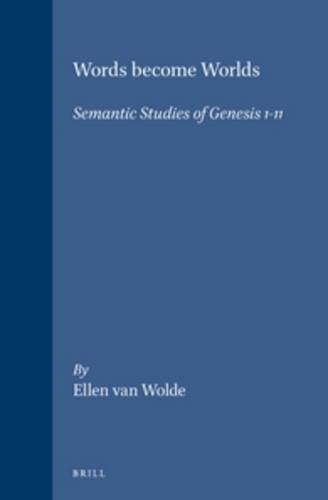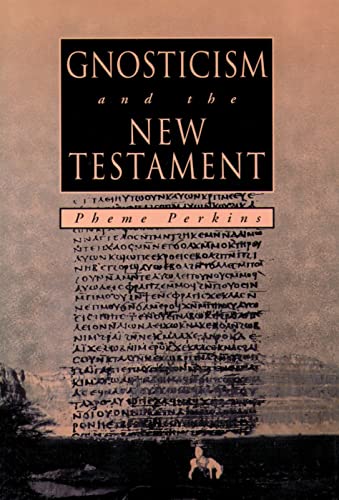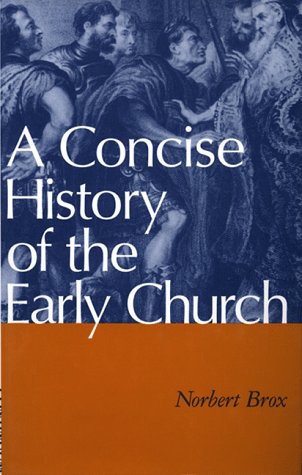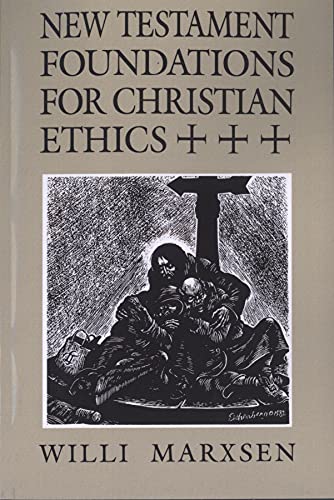Words Become Worlds. Semantic Studies of Genesis 1–11 (Biblical Interpretations Series 6)
Written by Ellen van Wolde Reviewed By Richard S. HessThis volume provides a useful collection of English translations of previously published essays on Genesis 1–11 (pp. 1–109) and on the theory and application of semiotics to exegesis (pp. 111–209). This review will focus on the first part of the volume as it illustrates the method discussed in the second part. In the first three essays, van Wolde examines the serpent, the man and woman, and the trees and God as they appear in Genesis 2–3. In a helpful essay, the author argues that the godlike quality that the serpent promised the woman was the power to know and to create life. This came true but led to alienation and fragmentation in the lives of the persons involved. The second essay develops these themes of relation and alienation. However, van Wolde’s concern with the ‘iconic’ nature of the language leads her to draw categorical conclusions not always supported by the evidence. Like Trible, but for different reasons, van Wolde identifies the ‘adam figure of Genesis 2–3 as a sexually undifferentiated human. However, the maleness of this figure is clearly contrasted with the female in 3:19 and 21. Although the Bible does use the term ‘adam to describe humanity in general (as in 1:26–28), it nowhere describes a sexually undifferentiated person. Van Wolde argues that the knowledge of good and evil involves the experiences of discrimination and creation/procreation. She supports this in the context of chapter 3 and relates it to God’s twofold activity in Genesis 1 (separation and creation), as well as the divine self-references to ‘we’ in 1:26 and 3:22. Although the last point may not convince, this is one of her more insightful contributions. Character development and some linguistic studies are helpful in van Wolde’s discussion of Cain and Abel. Less convincing is the meaning of the name, Abel, as ‘worthless’ and her conclusion that there is no indication in the text why God preferred Abel’s sacrifice. Van Wolde attaches 6:1–4 to Genesis 5, by identifying the ‘daughters of men’ with the line of Seth. She separates it from 6:5ff. by removing any implication of sin from the actions of the ‘sons of God’. The context of Genesis 3 and 11, God’s remark (6:3) and the text of 6:5–7 all identify the issue here as an unwarranted breach of the divinely ordained division between the mortal and the divine. In the flood story, van Wolde describes how the text’s wordplay (‘text semantic’ study) relates the similar sounding words for ‘Noah’, the ‘comfort’ he is to bring (5:29), God’s apparent change of mind (6:5–7; 8:21), the soothing odour of Noah’s sacrifice (8:21) and more. Noah thus fulfils Lamech’s prophecy by comforting God who removes the curse on the ground. However, the extent of this wordplay seems forced, there is no explicit removal of the curse of Genesis 3, and Noah’s subsequent behaviour leads to the suspicion that Lamech’s prophecy remains unfulfilled. In her study of the Tower of Babel, the only contribution not published elsewhere, van Wolde argues that the earth, rather than humanity, forms the key theme of chapters 1–11. Yet surely it is both, the relationship between humanity and the creation, that form a major theme of these opening chapters of Genesis. This best explains the ‘adam/‘adamah(person/ground) wordplay, the reason for the genealogies and the dispersion of humanity in Genesis 11. Van Wolde has produced a provocative and interesting study.
Richard S. Hess
Denver Seminary, Denver







